The bee is an insect belonging to the Hymenoptera order. It has a tri-sectional body divided into head, chest and abdomen. It has three pairs of feet, two pairs of wings and a mouth apparatus known as a proboscis the bee uses to suck nectar from flowers. The female has a poisoned stinger located at the base of the abdomen. The bee’s size varies from two millimeters, known as the “dwarf bee” to the Indonesian bee, which can grow as long as four centimeters. The bee is a social insect that lives in a precise, hierarchical community. The head of the community is the queen bee, the only fertile female, known for its long, ample abdomen. The queen bee is responsible for producing offspring. The queen bee’s fertility is determined from birth. She is the only member of the bee community to be fed royal jelly throughout her maturity. Royal jelly is a nutritious substance manufactured and secreted by worker bees. It gives the queen more advanced physical attributes, including the capacity to reproduce.
The hive is run by worker bees, sterile females who live roughly 40 days and have to perform various tasks. In early life, they take care of the larvae that grow to become new bees. Worker bees feed the larvae and clean the hexagonal cells in which larvae are deposited and hatch. Twenty days into their lifespan they turn to manufacturing the honeycomb. In the final phases of life they become honeybees, and fly out of the hive in search of nectar and pollen. These bees suck nectar and transform it into honey.
Back from their foraging, they deposit the honey into the mouths of the worker bees that in turn use it to feed the larvae. The male bee is known as a drone. It lacks stingers, has large eyes, and its principle life function is to mate with the queen bee. Mating occurs in flight, and is known as the “nuptial flight”. After mating, the drone dies. The queen returns to the hive. A few days later, she will begin laying eggs. A queen will lay up to 2,000 eggs a day for her entire life. For millennia, man has used materials produced by bees, including honey, royal jelly, wax, and resin. A cave painting in Altamira, in Spain, thought to be more than 8,000 years old depicts a man gathering honey from a tree. Considered a symbol of wisdom, many noble families have adopted the bee as a family emblem. The bee is on Merovingian crest as well as that of Rome’s Barberini family. Napoleon’s imperial cape was dotted with small gold bees.
The hive is run by worker bees, sterile females who live roughly 40 days and have to perform various tasks. In early life, they take care of the larvae that grow to become new bees. Worker bees feed the larvae and clean the hexagonal cells in which larvae are deposited and hatch. Twenty days into their lifespan they turn to manufacturing the honeycomb. In the final phases of life they become honeybees, and fly out of the hive in search of nectar and pollen. These bees suck nectar and transform it into honey.
Back from their foraging, they deposit the honey into the mouths of the worker bees that in turn use it to feed the larvae. The male bee is known as a drone. It lacks stingers, has large eyes, and its principle life function is to mate with the queen bee. Mating occurs in flight, and is known as the “nuptial flight”. After mating, the drone dies. The queen returns to the hive. A few days later, she will begin laying eggs. A queen will lay up to 2,000 eggs a day for her entire life. For millennia, man has used materials produced by bees, including honey, royal jelly, wax, and resin. A cave painting in Altamira, in Spain, thought to be more than 8,000 years old depicts a man gathering honey from a tree. Considered a symbol of wisdom, many noble families have adopted the bee as a family emblem. The bee is on Merovingian crest as well as that of Rome’s Barberini family. Napoleon’s imperial cape was dotted with small gold bees.
RELATED
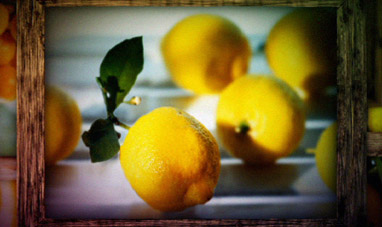

CITRUS FRUIT


STARFISH


RIVERS


QUASARS
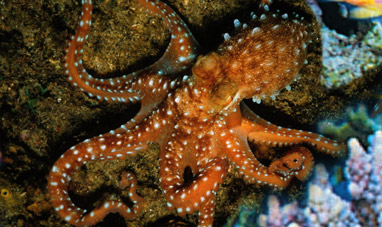

THE OCTOPUS
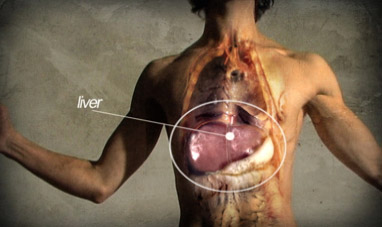

THE LIVER


HORSE
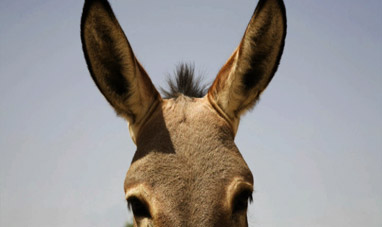

DONKEY


GARLIC


DESERTS


EOLIC


TARANTULA


THE HEISENBERG PRINCIPLE


OSTRICH
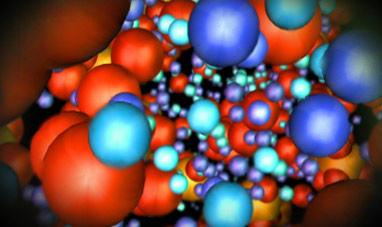

QUANTUM PHYSICS


SHEEP


FLY
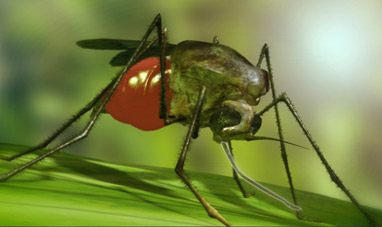

MOSQUITO


BIG DATA


NEBULAE


THE RESPIRATORY SYSTEM


CENTRIFUGAL FORCE
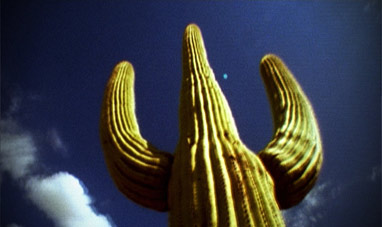

CACTUS


NATURAL GAS (METHANE)


AIDS


SOLAR THERMAL ENERGY
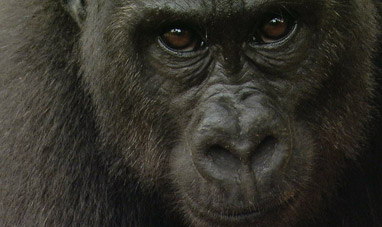

GORILLA


GIRAFFE


PULSARS


THE HANDS


JELLY FISH


H2O
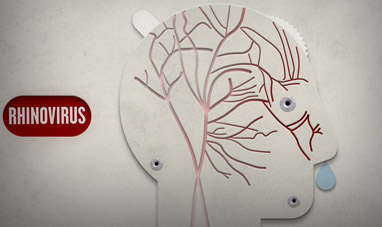

COMMON COLD


OIL
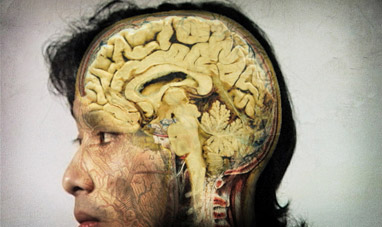

THE BRAIN


LADYBUG
